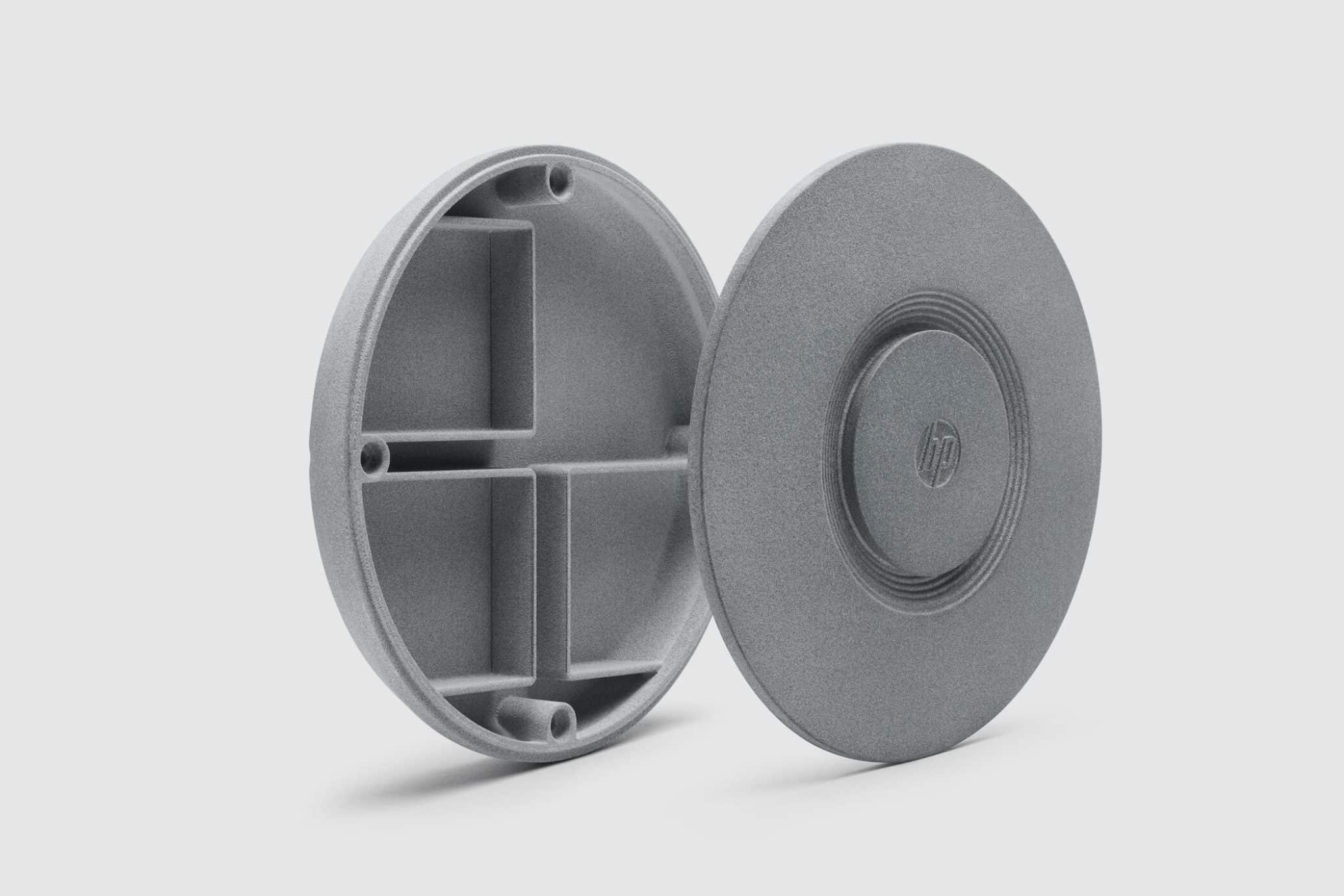Polyetherimide (ULTEM) PEI
Introduction to PEI (ULTEM) for 3D Printing
Polyetherimide (PEI), commonly known by the trade name ULTEM™, is a high-performance thermoplastic known for its excellent strength-to-weight ratio, flame resistance (UL 94 V-0), and outstanding thermal and chemical stability. It is widely used in aerospace, medical, automotive, and electrical applications requiring long-term performance under mechanical and thermal load.
Fused Filament Fabrication (FFF) with industrial-grade high-temperature printers enables PEI to be printed at ±0.1 mm accuracy, producing lightweight yet durable components for mission-critical systems.
International Equivalent Grades of PEI (ULTEM)
Standard | Grade Code | Trade Names / Uses |
|---|---|---|
ASTM | D5205 | ULTEM™ 1010, 9085 |
ISO | ISO 1043 | PEI Resin |
Europe | EN ISO 1874 | Aerospace & medical parts |
China | GB/T 28611 | 聚醚酰亚胺 (PEI) |
Comprehensive Properties of PEI (ULTEM)
Property Category | Property | Value |
|---|---|---|
Physical | Density | 1.27 g/cm³ |
Heat Deflection Temperature | ~200–210°C | |
Glass Transition Temperature | 217°C | |
Mechanical | Tensile Strength | 90–110 MPa |
Flexural Modulus | 3,200–3,600 MPa | |
Elongation at Break | 4–8% | |
Impact Strength (Notched) | 55–65 J/m | |
Other | Flammability | UL 94 V-0 |
Suitable 3D Printing Processes for PEI (ULTEM)
Process | Typical Density Achieved | Surface Roughness (Ra) | Dimensional Accuracy | Application Highlights |
|---|---|---|---|---|
≥99% | 12–18 µm | ±0.1 mm | Best for aerospace, medical, and industrial applications requiring flame retardancy and thermal endurance |
Selection Criteria for PEI (ULTEM) 3D Printing Processes
High-Temperature Resistance: PEI maintains structural integrity at continuous use temperatures above 200°C, making it ideal for under-the-hood and avionics enclosures.
Flame and Chemical Resistance: Rated UL 94 V-0, PEI resists combustion and degradation in harsh chemicals and sterilization environments.
Lightweight Strength: Superior strength-to-weight ratio offers a metal replacement option in aerospace brackets, panels, and covers.
Regulatory Compliance: Grades like ULTEM™ 9085 meet FAA, FAR 25.853, and ISO 10993 standards for flame, smoke, toxicity, and biocompatibility.
Essential Post-Processing Methods for PEI 3D Printed Parts
Annealing: Reduces warping, improves crystallinity, and enhances mechanical strength. Typical annealing: 200°C for 2–4 hours.
CNC Machining: Finishes critical holes or sealing faces with ±0.02 mm tolerance for aerospace and medical-grade assemblies.
Surface Finishing: Light brushing or bead blasting improves uniformity and texture for aesthetic and functional components.
Adhesive Assembly or Welding: PEI can be bonded with epoxies or thermally welded for airtight, modular industrial assemblies.
Challenges and Solutions in PEI 3D Printing
High Processing Requirements: Print at 360–390°C nozzle, 140–160°C bed, and 80–120°C chamber. Industrial machines are necessary for reliable performance.
Moisture Sensitivity: Pre-dry filament at 120°C for 6–8 hours. Even small moisture content can affect print integrity.
Layer Adhesion: Optimize chamber temperature and maintain environmental stability to minimize delamination and shrinkage.
Applications and Industry Case Studies
PEI is widely used in:
Aerospace: Cabin components, brackets, cable guides, and ducting.
Medical: Sterilizable surgical guides, instrument trays, and housings.
Automotive: Heat shields, connectors, sensor housings, and structural supports.
Electronics: Flame-retardant enclosures, insulators, and dielectric structural parts.
Case Study: An aerospace supplier used PEI (ULTEM™ 9085) to print avionics mounts. The parts passed FAR 25.853 flammability and vibration testing and maintained ±0.08 mm dimensional consistency after flight simulation.
Frequently Asked Questions (FAQs)
What is the continuous use temperature of 3D printed PEI (ULTEM) parts?
Which PEI grades meet aerospace and medical regulatory requirements?
What print settings are required for high-temperature PEI materials?
Is PEI suitable for replacing metal parts in structural applications?
What post-processing steps improve the strength and dimensional stability of PEI components?



